Please Check Matilde’s Post.
All posts by Hannah B
Filters
Screenplay-
A Screenplay is the text of a film that features dialogue, stage directions, camera directions, and other off-screen details.
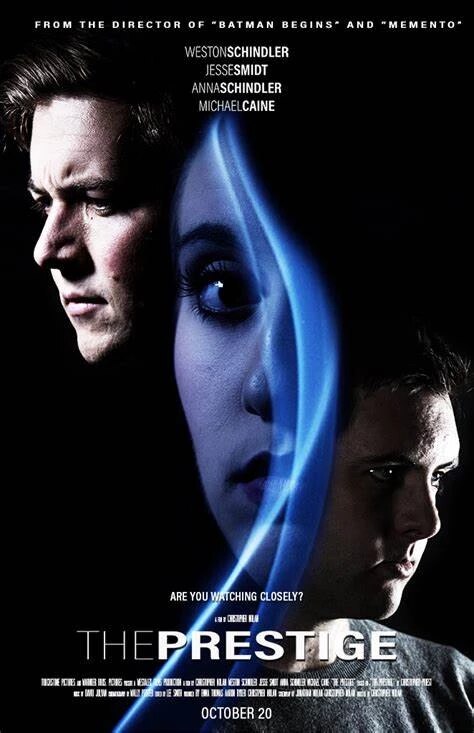
The difference between a script and a screenplay is that screenplay’s feature more detail on the behind the scenes elements needed, while a script just features the information needed by performers.
Q: How have narrative interpretations of Joseph Campbell’s monomyth changed over time using the films Kubo and the Two Strings (Knight, 2017) and The Hidden Fortress (Kurosawa, 1958)?
Introduction-
Akira Kurosawa’s 1958 film The Hidden Fortress, and Travis Knight’s 2016 film Kubo and the Two Strings are two films that follow different interpretations of the hero’s journey. Both are inspired by Japanese history and culture, The Hidden Fortress taking from the Sengoku era and Kubo and the Two Strings being inspired by a mythical version of the Feudal era. These films were chosen because they have similar sources of inspiration but enough of a historical and cultural difference to influence their portrayal of the monomyth. Kurosawa’s film follows Matashichi and Tahei after failing to make a profit from a war between two clans. They end up meeting Makabe Rokurōta, a general currently in hiding, and who offers them a deal to help take the disguised Princess Yuki to the neighbouring territory Hayakawa, in exchange for gold. Kubo and the Two Strings, follows young boy Kubo on his journey, alongside a talking monkey and a warrior beetle to find a magical set of armour in order to fight his grandfather, The Moon King.
Comparative Study Question-
How have narrative interpretations of Joseph Campbell’s monomyth changed over time using the films Kubo and the Two Strings (Knight, 2017) and The Hidden Fortress (Kurosawa, 1958)?


French New Wave Practical-
Key Narrative and Technical Aspects of French New Wave-
French New Wave films often aimed to break the stylistic conventions of cinema at the time, they did this by breaking a lot of the pre-established rules and creating their own unique style of filmmaking. They also had lower budgets, leading to them having lower quality filming equipment and sets.
Some of the Narrative aspects of French New Wave include-
-Dialogue improvisation
-Stories with existential themes
-Self-awareness
-Stories difficult to follow, makes the audience think about the story and message instead of easily consuming media
-Themes of Love (often romantic)
-Fleeting nature of human existence, themes of time and the past
-Focus on character emotions over plot
Some of the Technical aspects of French New Wave include-
-Discontinuity editing, actions are not always smooth and easy to follow, contrasting the “seamless” editing style of many Hollywood films
-Use of outtakes to break the illusion
-Lack of establishing and master shots, audience have to figure out location layouts on their own
-No expensive sets- often real locations used
-Crossing the line/ Long takes/ Extreme close-ups/ Jump cuts, further breaks technical style of popular films
-Black and White- due to lower budgets, they often could not use coloured film
-Handheld Camera
The Left Bank and The Right Bank-
The right bank was a group of French New Wave filmmakers who were mostly on the right bank of the river Seine in Paris, and made up of members of the Cahiers du Cinema. Their main goal was to break the stylistic conventions of popular French cinema of the time and pushing the auteur. Left bank filmmakers were more focused on using film as an art form, they were often older directors, but had a similar audience to the right bank of young people who were tired of the repetitive nature of film. The two groups were not opposed, instead promoting and encouraging each side’s work.
French New Wave- Auteur Task
In France during the late 1940’s, there arose a group of film critics, theorists and eventual directors, who created a magazine known as Cahiers du Cinéma, full of essays regarding the Auteur Theory. Alexander Astruc describes an Auteur as an artist with the camera as their pen, the concept of the “caméra-stylo” means that the Director is “author” of the film, using their power to control the different elements of the film- like mise-en-scene, blocking and lighting. They encourage the idea that director’s should each have unique styles and techniques, that can be recognised after the film’s release.
Some people credited as Auteur’s by the Cahiers du Cinéma-
Alfred Hitchcock- Psycho (1960)
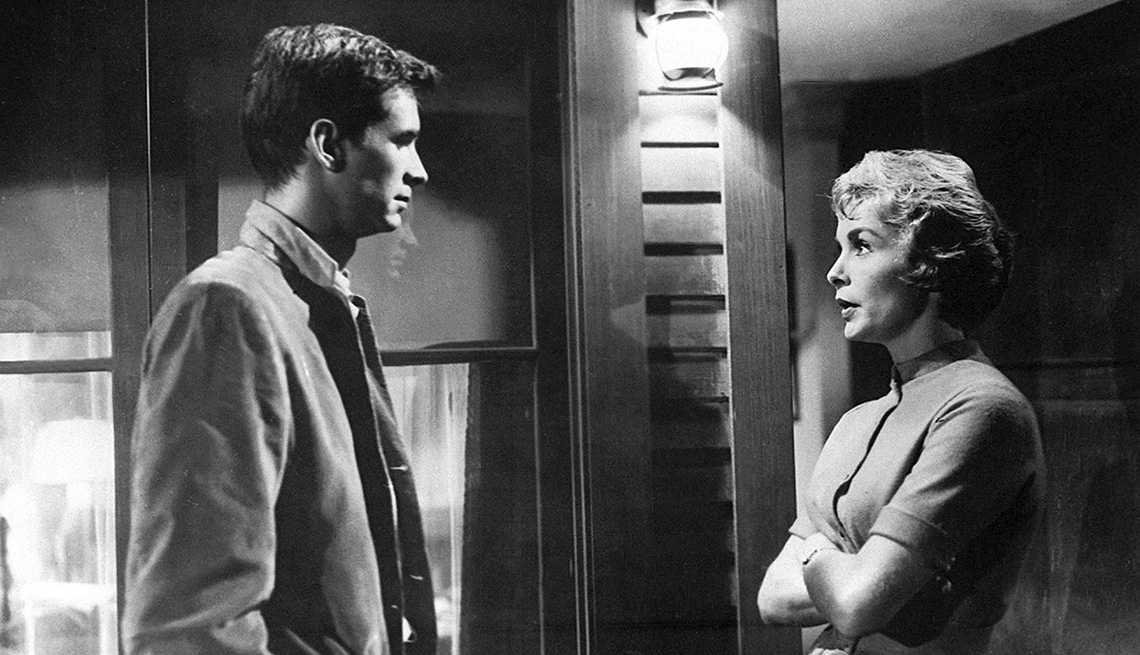
Robert Aldrich- Hush…Hush, Sweet Charlotte (1964)

Howard Hawks- The Big Sleep (1946)

Classic French New Wave Films-
Hiroshima Mon Amour- (Resnais, 1959)

Cleo From 5 to 7- (Varda, 1962)

Methods of Montage
Rythmic Montage- Shaun of the Dead (Wright, 2004)
Here Wright uses rythmic montage, in a scene reminiscent of heist plans in other films. https://youtu.be/dpCe36t6oC4
Over-tonal Montage- The Godfather (Coppola, 1972)
Here Coppola uses Over-tonal montage, using timing, rythm and lighting to create implications and connections for the audience to see. https://youtu.be/1CDlBLvc3YE
Tonal Montage- Parasite (Bong, 2019)
Here Bong uses Tonal montage to show the family’s plan as it is being carried out. https://youtu.be/NfnUxezKcu0
Soviet Constructivism-
The Rise of the Soviet Union (1917-1953)-
The Soviet Union was formed in 1917, as a result of a revolution to bring power from the Russian royal family back to the people. In 1905, Emperor Nicholas II established a parliament, giving the Russian people the ability to vote. Over WW1, the people of Russia began to despise Tsarism even more, despite Russia producing more than enough food to feed its people, food shortages began due to disorganisation and transportation issues. In 1917, as a result of the economic hardships, there was a mutiny in Petrograd and the fire of revolution spread to industrial areas. The Tsar and his wife stood down, leading to the formation of the All Russian Soviet- who claimed to stand for the rights of the common people. A power struggle began in 1924, following the death of Vladimir Lenin, leading to Stalin’s rise in power. There was a push towards industrialism, increasing Russia’s manufacturing power. Over the years, millions of people were imprisoned or executed because the government saw them as a threat. During the 1940’s, the USSR began to establish communism in other eastern European countries.

The Soviet Union was a time of fear and instability and the government used the power of film to bring some piece of mind to the people. Similar to UFA, they established brought all of the film studios together into a government-run organisation. Films made by them were propaganda, promoting communist values and focusing on the working class fighting against the corrupted elite. The government also had free reign to censor messages that went against their beliefs. There was a period of time where Russian filmmakers had a shortage of filmstock, leading to them studying and experimenting with already existing films in order to create new content.
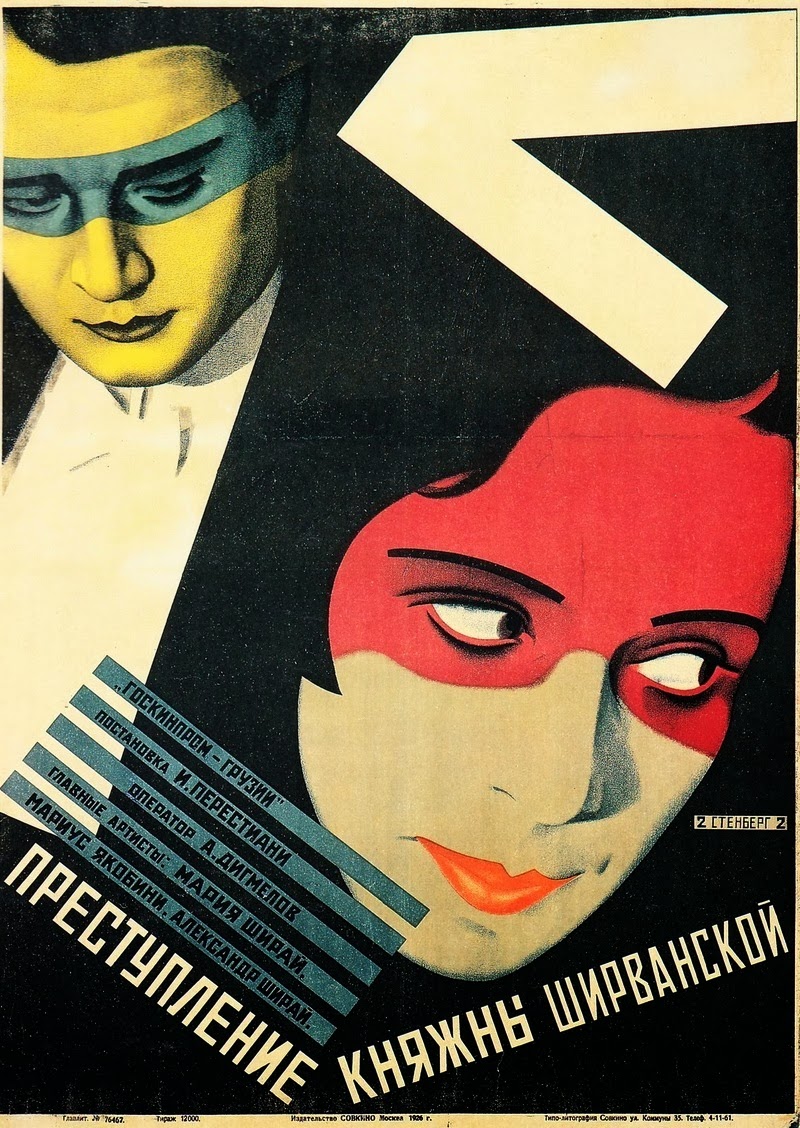
The Soviet Fine Art Movement-
Constructivist art often consists of abstract geometric shades and intense colours, often inspired by machinery and feats of engineering. It was frowned upon to look at and create art of natural things or people in fear it would be “bourgeois”, Constructivist art is also a result of a cultural shift where artists were being seen less as creatives and more like workers, creating art that has to serve a purpose or function in society.
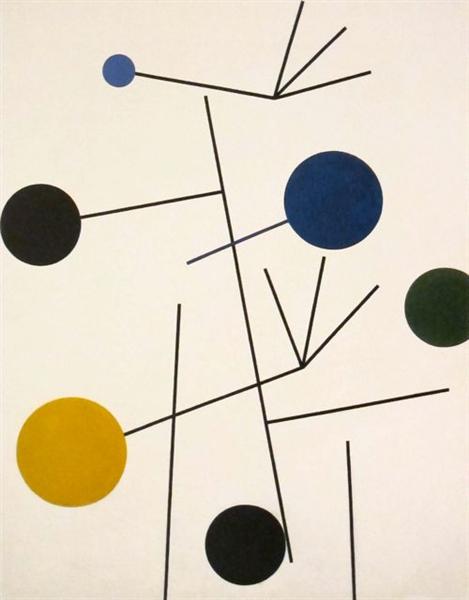
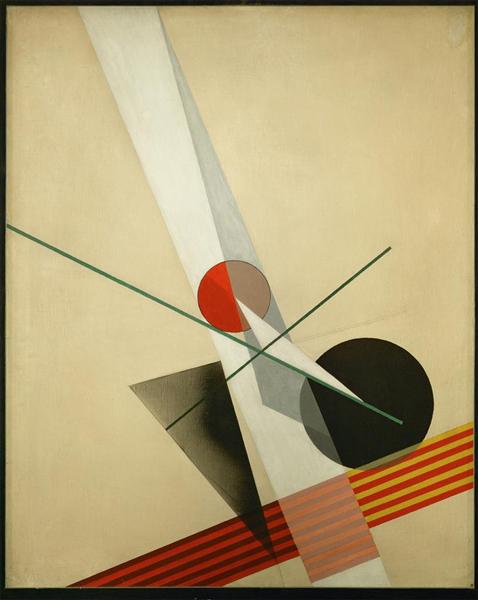
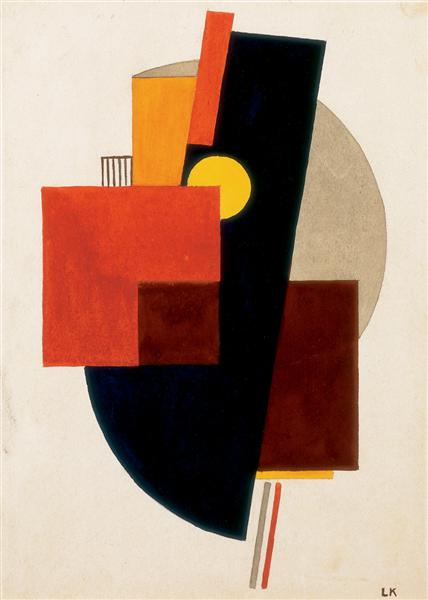
VGIK-
The VGIK (now known as the Gerasimov Institute) is now a Russian University that specialises in Film courses, including acting, screenwriting, cinematography and directing. These courses are even open to international students, allowing many people to study the style of Russian filmmaking.

Classic Soviet Constructivist Film-
Fragment of an Empire- Ermler (1929)

Miss Mend- Ozep, Barnet (1926)

Turksib- Turin (1929)

German Expressionism-
German Expressionism and the Weimar Republic-
The Weimar republic was Germany’s government from 1919-1933. It was named after the small town where the new government was formed after the abdication of Germany’s Kaiser, Wilhelm II. They were developed as a result of Germany’s isolation after the war, as well as their ban on foreign films. There was a lot of anxiety and distrust felt by younger German artists towards the new government, and they used these feelings to create unique and ground-breaking films. Due to having to repay large debts and reparations after the war, The Weimar Republic began to print more money, leading to hyperinflation and the suffering of innocent citizens due to the rising prices of goods and services.
The Expressionist Fine Art Movement-
Expressionism is an art movement that began in the 20th century, instead of focusing on realistically depicting their subjects, Expressionists focused subjectively depicting their subject with more emotion. This is often done using jarring colours and jagged, distorted and rough brushstrokes in artworks. In German Expressionist cinema, these aspects are most notable in the set design, costumes, and makeup.


UFA-
UFA (Universum Film-Aktien Gesellschaft) is a German film company most known for its work during the silent era. It was formed in 1917 and aimed to promote German culture, creating mostly historical costume dramas. These films had a high technical quality and utilised experimental and imaginative camerawork. By 1923, Hollywood films began to become more popular in Germany, leading to a financial crisis for UFA as they had just merged with another German studio. In 1927, UFA was bought by Alfred Hugenberg, a supporter of the Nazi party who forced UFA to create more films promoting German Nationalism. After the Nazi party came into power, UFA’s films were still popular with the German population but production costs and a shrinking international market all began to effect German filmmakers working under UFA. After the war, UFA fell into debt and ruin, being left as mere shares in a group of German banks. In 1964, Manfred Köhnlechner acquired UFA’s shares and attempted to revive the company. Nowadays, UFA is a subsidiary of the RTL Group, and have 4 active production units.
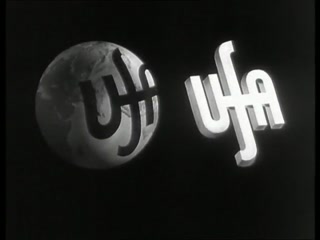
Classic German Expressionist Films-
The Testament of Dr Mabuse- (Fritz Lang, 1933)

Faust- (F W Murnau, 1926)
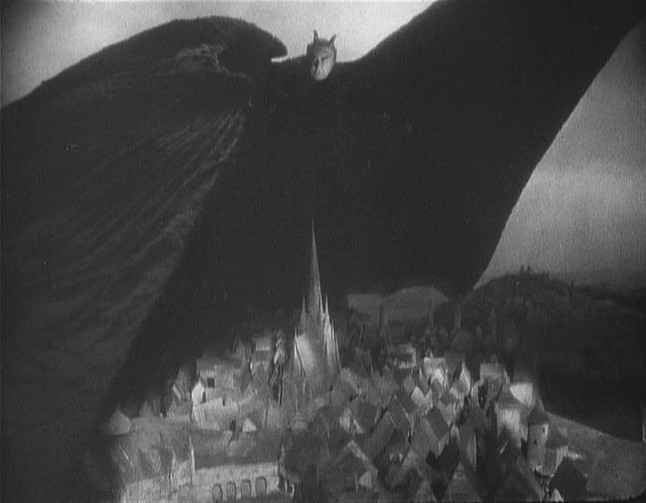
Destiny- (Fritz Lang, 1921)

Influence on Hollywood Film Noir- (40’s, 50’s, 60’s)
Double Indemnity- (Billy Wilder, 1944)
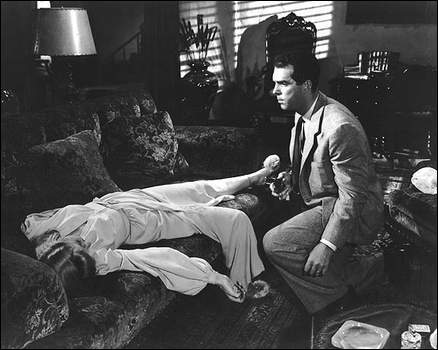
Strangers on a Train- (Alfred Hitchcock, 1951)
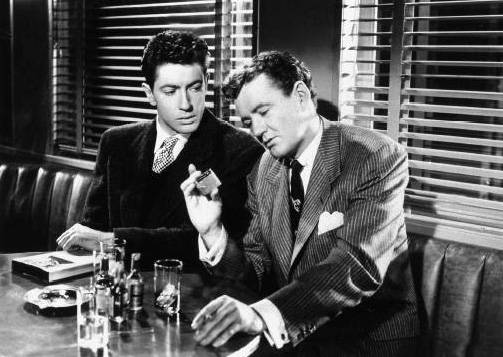
Touch of Evil- (Orson Welles, 1958)
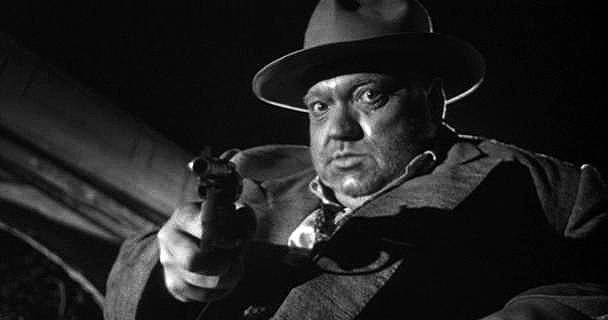
Influence on Contemporary Cinema-
The Babadook- (Jennifer Kent, 2014)
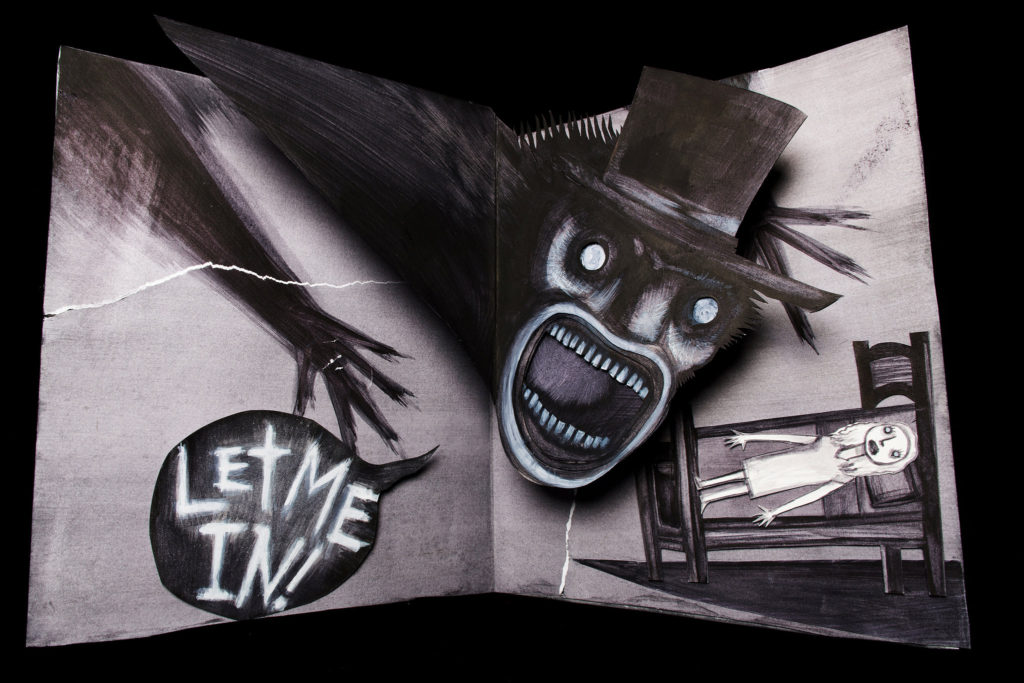
The Babadook is visually inspired by German expressionism. The physical form of The Babadook has similarities of notable characters from German Expressionism, like Cesare (The Cabinet of Dr Caligari) and Gwynplaine (The Man Who Laughs), with a memorable face, done through the use of dark makeup, that will be burnt into the audience’s memory.

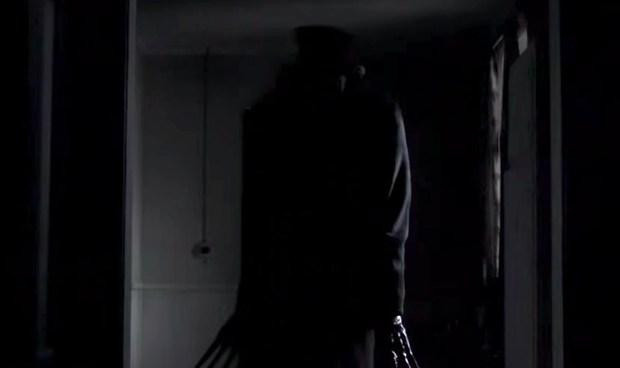
The main house in The Babadook may not have the distorted and unrealistic design like in original German Expressionist films, however through the use of cinematography and lighting techniques, Kent is still able to evoke a sense of unease within the viewer.
Edward Scissorhands- (Tim Burton, 1990)

Burton gives Edward a style inspired by German Expressionism to make him contrast the look of the white suburban community he has been placed into. He looks strange to both the audience and the people around him, showing off the strangeness of the expressionist aesthetic.
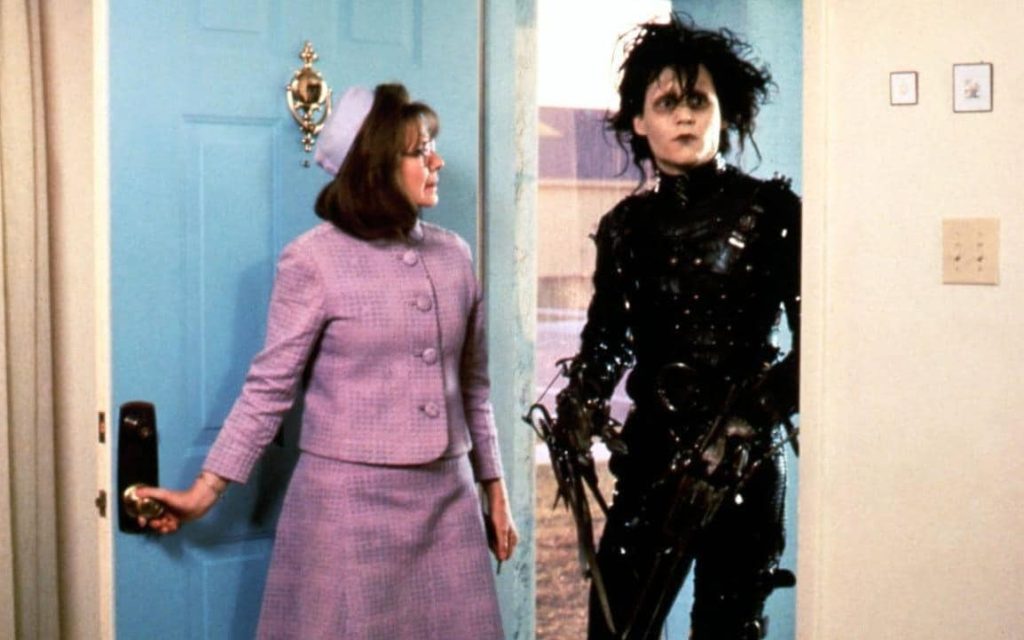
The concepts explored are also reminiscent of Expressionist films, using metaphors to tell a story deeper than it initially seems- Edward’s struggling attempt to fit into the society presented to him was inspired by Burton’s childhood. German Expressionist films often show how people can become monsters- often murdering the people around them, Edward Scissorhands reverses this concept, showing how a ‘monster’ can be human.
